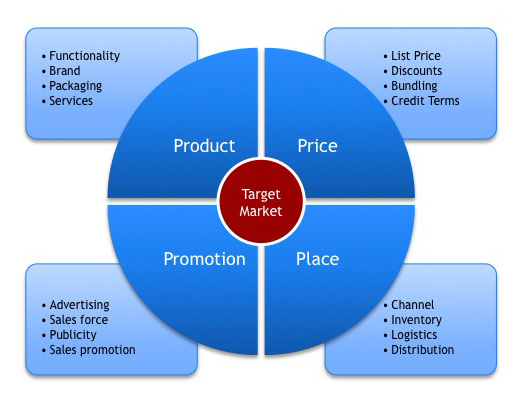Introduction
Public Relations (PR) has come a long way since its inception. From the early days of press agentry and publicity stunts to the modern era of digital communication and social media, PR has evolved to adapt to the ever-changing landscape of media and technology. Today, we are witnessing the rise of PR 4.0, a new era of public relations that is driven by digital technology, data analytics, and the power of storytelling. In this blog, we will explore the key elements of PR 4.0 and how it is shaping the future of public relations.
The Four Pillars of PR 4.0
1. Digital Communication
The rise of the internet and social media has transformed the way we communicate, and PR is no exception. PR 4.0 is characterized by the use of digital channels to reach and engage with target audiences. This includes social media platforms, blogs, podcasts, and online news outlets. Digital communication allows PR professionals to reach a wider audience, engage in real-time conversations, and measure the impact of their campaigns more effectively.
2. Data-Driven Strategies
PR 4.0 is all about leveraging data to make informed decisions and create targeted campaigns. With the vast amount of data available through digital channels, PR professionals can now analyze audience behavior, preferences, and trends to create more effective and personalized communication strategies. Data analytics also allows PR professionals to measure the success of their campaigns and make adjustments in real-time, ensuring that their efforts are always aligned with their objectives.
3. Storytelling
In the age of information overload, storytelling has become a powerful tool for PR professionals to cut through the noise and connect with their audiences. PR 4.0 emphasizes the importance of crafting compelling narratives that resonate with the target audience and evoke emotions. By telling authentic and engaging stories, PR professionals can build trust, create brand loyalty, and drive positive change.
4. Integration with Marketing and Advertising
PR 4.0 recognizes the need for a more integrated approach to communication. As the lines between PR, marketing, and advertising continue to blur, PR professionals must collaborate with their counterparts in other disciplines to create cohesive and consistent brand messages. This integrated approach ensures that all communication efforts work together to achieve the desired results and maximize the return on investment.
The Future of PR 4.0
As we continue to navigate the digital age, PR 4.0 will continue to evolve and adapt to new technologies and trends. Some key developments to watch out for include:
1. Artificial Intelligence (AI) and Automation
AI and automation will play an increasingly important role in PR, from automating routine tasks to providing data-driven insights and recommendations.
2. Virtual Reality (VR) and Augmented Reality (AR)
As VR and AR technologies become more mainstream, PR professionals will need to explore new ways to create immersive and interactive experiences for their audiences.
3. Influencer Marketing
The rise of social media influencers has created new opportunities for PR professionals to collaborate with these influential individuals to amplify their messages and reach new audiences.
4. Crisis Management in the Digital Age
With the rapid spread of information online, PR professionals must be prepared to manage crises in real-time and navigate the challenges of the digital landscape.
Conclusion
PR 4.0 marks a new era of public relations that is driven by digital technology, data analytics, and the power of storytelling. As we continue to embrace these changes, PR professionals must adapt and evolve to stay ahead of the curve and ensure their communication efforts remain relevant and effective in the digital age.



 Despite the fact that marketing seems “easy” relative to engineering projects, it’s entirely too simple to burn through the budget with ineffective marketing campaigns that are unlikely to yield any tangible results. A winning marketing strategy requires a multi-dimensional view of the customer’s needs, wants, and buying behaviors, as well as the ability to translate that information into a sound strategy.
Despite the fact that marketing seems “easy” relative to engineering projects, it’s entirely too simple to burn through the budget with ineffective marketing campaigns that are unlikely to yield any tangible results. A winning marketing strategy requires a multi-dimensional view of the customer’s needs, wants, and buying behaviors, as well as the ability to translate that information into a sound strategy. When you understand the attributes that compel someone to buy your product/service instead of the competition’s, you can begin to define a differentiated and defendable position.
When you understand the attributes that compel someone to buy your product/service instead of the competition’s, you can begin to define a differentiated and defendable position.